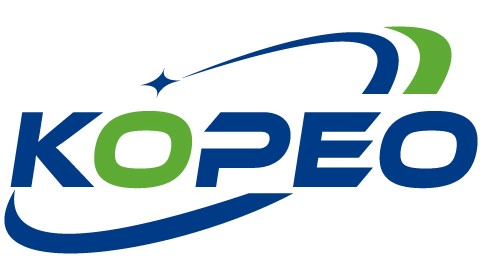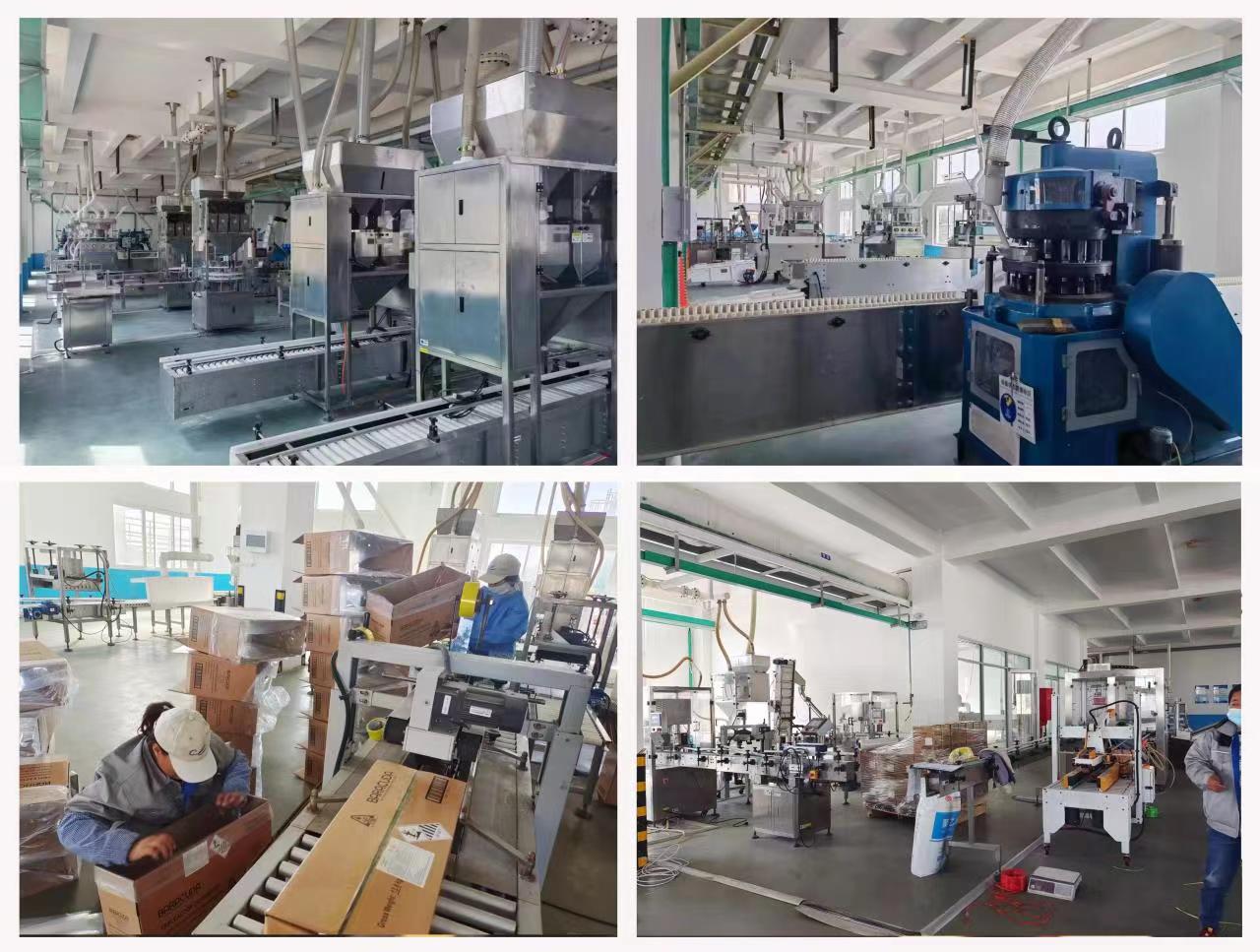1 / 4
Hydroxyethyl Methyl Cellulose Powder for Coating Industry
| Brand Name : | kopeo |
|---|---|
| CAS No. : | 9032-42-2 |
Puyang, Henan, China
- Agent
- Distributor/Wholesaler
- Manufacturer
- Organization
- Retailer
- Service
- Trade Company
- Other
- Gold Supplier

- Platform Certification


Product description
Introduction of the product
Hydroxyethyl methyl cellulose belongs to a kind of Coating Intermediates, it is a kind of odorless, tasteless, non-toxic white powder, which can be dissolved in cold water to form a transparent viscous solution. It has the properties of thickening, bonding, dispersing, emulsifying, film-forming, suspending, adsorbing, gelling, surface-activating, retaining water and protecting colloids. As the aqueous solution has the function of surface activity, it can be used as colloid protection agent, emulsifier and dispersant. Hydroxyethyl methyl cellulose aqueous solution has good hydrophilicity and is a highly efficient water retention agent. Hydroxyethyl methyl cellulose has good anti-mold ability because it contains hydroxyethyl group, so it has good viscosity stability and anti-mold when stored for a long time. It has good mold resistance, good viscosity stability and mold resistance during long-term storage. Hydroxyethyl methyl cellulose aqueous solution has good hydrophilicity, is a kind of efficient water retention agent. Hydroxyethyl methyl cellulose can be used as a colloid protectant, emulsifier and dispersant due to the surface-active function of the aqueous solution.
Applications of hydroxyethyl methyl cellulose
1.Cement-based plasters
(1)Improve the uniformity, make the plaster easier to spread, and at the same time improve the resistance to sagging. Enhanced fluidity and pumpability, thus improving work efficiency.
(2) High water retention, extends the working time of the mortar, improves work efficiency and helps the mortar to develop high mechanical strength during the setting period.
(3)Controls air infiltration, thus eliminating micro-cracks in the coating and forming an ideal smooth surface.
2.Masonry mortar
(1) Enhances adhesion to masonry surfaces and enhances water retention, allowing the mortar to increase in strength.
(2)Improves workability by enhancing lubricity and plasticity, and the use of Baoquan cellulose ether-reinforced mortar makes it easier to apply, saves time, and improves cost-effectiveness.
(3)A model with particularly high water retention is available for bricks with high water absorption.

Company information
The company's main import and export products include
(1)Catalysts and Auxiliaries:Generally speaking, a catalyst is a substance that participates in the intermediate course of a chemical reaction and can selectively change the rate of the chemical reaction, while its own quantity and chemical properties remain basically unchanged before and after the reaction. Usually, the catalyst accelerates the chemical reaction, so that the reaction reaches the chemical equilibrium as soon as possible is called catalytic effect, but does not change the equilibrium of the reaction.
Additives are a variety of auxiliary chemicals that need to be added during the production or processing of certain materials and products in order to improve the production process and enhance the performance of the product required for a variety of auxiliary chemicals.
(2)Flavors and Fragrances:Flavors or flavor preparations refer to mixtures of aromatic compounds (and in some cases single compounds) that impart a specific flavor or aroma to a variety of consumer products.Fragrance refers to the material with an aromatic odor itself. Most of the pastries and cookies can be added with spices and fragrances in order to improve or enhance the aroma and flavor. These fragrances are called flavoring agent. Spices, according to different sources, can be divided into natural and artificial spices. Fragrance is compound spices made from several or dozens of spices via diluent blending.Fragrance is an important raw material directly used to increase the food flavor.

Puyang, Henan, China
- Agent
- Distributor/Wholesaler
- Manufacturer
- Organization
- Retailer
- Service
- Trade Company
- Other
- Gold Supplier

- Platform Certification

Send your inquiry to this supplier




















